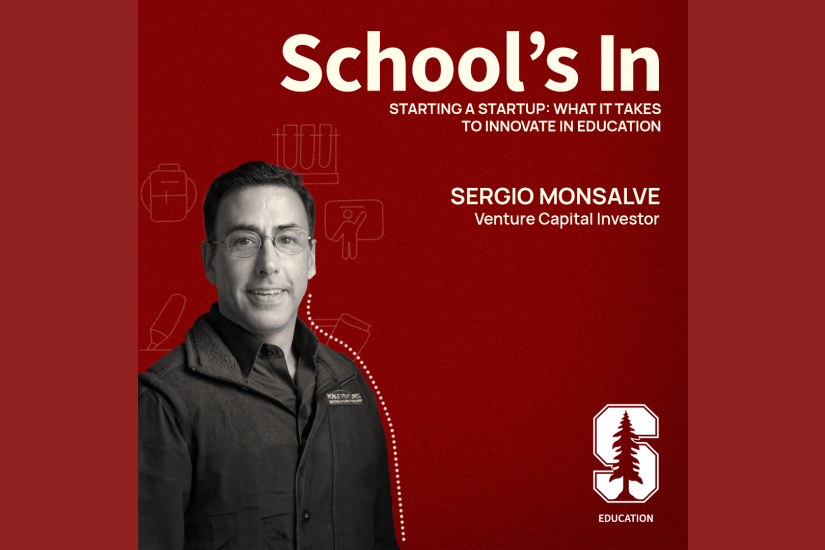
Investigating human behavior with data from clicks, tweets and searches
Consider the granular level of digital data now available from every click, tweet or search you make. Gone are the days where social scientists relied only on static surveys, conducting old-fashioned user studies, or sifting through census records for patterns.
Today’s technologies allow for a deeper, richer and more powerful collection of information. In addition to the vast amounts of computer-based data that stem from our everyday actions, researchers can use computational tools to analyze the acoustics on a WAV sound file, examine the pixel data in a video, or study facial heat reactions, to name a few.
Buying patterns. Voting patterns. Learning patterns. Flirting patterns. The ways in which researchers in academia or the industry can aggregate, compute and then analyze behavioral information are almost boundless.
This emerging digital research revolution has spawned a rapidly developing interdisciplinary field of study: computational social science, described as equal parts computer science and social science.
“There are all kinds of new data that technologies are bringing to us – new windows on social life,” says Dan McFarland, director of The Center for Computational Social Science at Stanford and an associate professor in the university's Graduate School of Education. “And we can take that data and render it into meaningful information and some usable form. It’s an exciting time.”
On April 11, the center will host the 4th Stanford Conference on Computational Science, bringing together experts from computer science, linguistics, economics, business and other social science disciplines, who will share a wide-ranging slate of insights extracted from the power of digital information.
Conference speakers will include Hyunyoung Choi, a senior scientist at Pandora, who will discuss how the analysis of listener data is being used to improve its music service, and Neel Sundaresan, eBay’s chief of research, who will talk about how the online merchant is plumbing the interplay between e-commerce and social networks and capitalizing on the mobile market.
Other speakers will further show how the avalanche of digital data has catapulted research and real-world changes in a variety of arenas – from political protests and marketing strategies to sales-force compensation contracts and even the side effects of drugs.
“We have a whole new treasure trove of computational data about people and their behaviors,” McFarland says. And social scientists – whether they are psychologists, sociologists or anthropologists – are in demand to help guide the development of data collection and determine which methods or technologies are effective.
Recent CSS research at Stanford, for instance, has examined whether political candidates get more votes by just tweeting often about anything or if it helped more to tweet about the benefits they brought their constituents. (The former.) Another study showed a new approach for using large-scale data to evaluate whether sellers profited more from the use of set prices or online auctions.
Stanford, McFarland says, is poised to lead this field as companies ranging from stalwarts like Google and Facebook to newer startups like Airbnb are looking to tap into the research and knowledge of the university’s faculty and CSS students.
“A lot of these companies now have computational social scientists and data scientists in-house. They are awash with information and want to find ways to use that information to improve their products and services – to show some ‘organizational intelligence’, if you will. A dialogue with these researchers is great for Stanford because it leads to collaboration and gives us access to information that informs our research and various social problems we care about,” McFarland says.
What’s more, conferences like the upcoming one often lead to more opportunities for students to get internships or jobs.
“A lot of the students in computational social science have skills that companies and research projects need,” McFarland says. “We can’t generate enough of them.”
The Center for Computational Social Science (CCSS) was launched by Stanford’s Institute for Research in Social Sciences in the fall of 2013 amid the growing demand to integrate computational techniques into the social sciences.
The center’s faculty represents 16 academic departments, including political science, computer science, genetics, bio-engineering, anthropology, psychology, business and education.
The CSS conference is being jointly hosted by The Center for Computational Social Science, The Institute for Computational and Mathematical Engineering, and The Center for the Study of Language and Information.
The bi-annual conference itself reflects how this interdisciplinary movement was ready for takeoff. What started several years ago as a localized discussion on how data collection and measurable analytics can be applied to social domains quickly grew into a certificate training program and a forum that attracted people from other fields and industries.
Last year’s speakers included Duncan Watts, principal researcher at Microsoft Research; Susan Athey, an economics professor at the Stanford Graduate School of Business (GSB); and Eytan Bakshy, a data scientist at Facebook.
Attendees also expanded beyond graduate students and faculty to practitioners.
Each event has drawn increasingly larger crowds: 125 the first time, 223 the second, and 371 the third time. About 500 registrants are expected for the upcoming conference.
In addition to Choi and Sundaresan, the event’s speaker lineup includes Rob Munro, CEO of Idibon, a startup that mines text-based data to track trends for businesses; Sep Kamvar, director of Social Computing at the MIT Media Lab; and a number of Stanford scholars – Matt Jackson, professor of Economics and expert on social networks; Michael Bernstein, assistant professor of Computer Science who performs innovative studies of crowd-sourcing; Russ Altman, professor of Bioengineering, Genetics and Medicine who helped establish Stanford Medical BioInformatics Program; Harikesh Nair, associate professor of Marketing and expert on strategic marketing decisions in firms; and Sarah Soule, professor of Organizational Behavior at the GSB who studies a variety of social movements.
“The center is trying to facilitate interaction between different disciplines so as to create a collaborative intellectual playground where we learn from each other and take our research beyond the highest expectations,” McFarland says.
CCSS is not alone. Many centers at Stanford and across the country are bringing computational science into their fold – part of a larger trend of what’s being called “data science.”
“It’s the wave of the future,” McFarland says. “We can’t afford to miss it.”
___
May Wong is a freelance writer.



